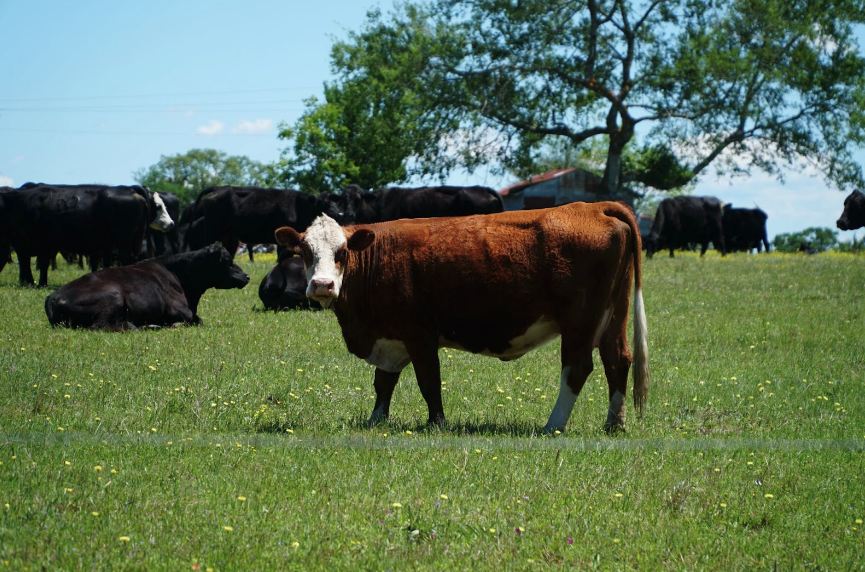
Spring is filling the air as birds chirp, cattle graze and new life springs up all around. But don’t forget, the dog days of summer are just a few months away, and as cattle producers, that means grass quality will likely diminish.
We know the need for high quality forage year-round to keep our herd healthy and productive. But the fact remains that fescue and other cool-season grasses often fail to provide the optimum nutrients needed during the hot and dry months each summer.
That’s why right now is the best time to plan your summer grazing routine and select which forages will work best for your operation.
Whether you’re establishing a brand new pasture or hay field, or simply adding some legumes and annual grasses to your existing grazing area, it’s important to understand the costs associated with planting. This is a two-fold calculation, as you will have the costs of the actual seed and planting, as well as potential fertilizer costs to help the seed grow.
When it comes to seed cost, warm-season varieties have a wide range. The ever popular Surpass BMR 6 Sorghum Sudangrass and Epic BMR Pearl Millet often cost more per acre, but their brown midrib (BMR) trait makes them easier to digest due to lower levels of lignin. As a result, cattle better utilize the nutrients for weight gain and performance.
On the more economical side, varieties such as Charger or Bonus Teff Grass, Honeycomb Hybrid Sorgo Sudangrass, and Cow Pro Pearl Millet often cost less per acre, but don’t include the BMR traits. Teff Grass provides a very fine and palatable forage for grazing, but it does result in less tonnage than Sudangrass or Millet varieties.
Beyond the seed cost is the fertilizer investment. Warm-season grasses often require nitrogen applications at planting time, and after each cutting (if in a hay field). With fertilizer costs around $30-40/acre for nitrogen, producers need to be very conscientious of the fertility levels in their selected field. Skimping on fertilizer is not recommended, as warm-season grasses have a short growing season and need the appropriate amount of nutrients to achieve their desired tonnage.
Most warm season varieties require at least 60-80 pounds of nitrogen at planting and 40 pounds after each hay cutting, along with ample rest and moisture. Teff Grass requires 50 pounds and 30 pounds, respectively. Selecting a field with high fertility potential will reduce the need for key nutrients to be applied.
When considering these investments, though, the most important element is to identify the grass that will provide the most return through tonnage and forage quality. Warm-season varieties such as Sorghum Sudangrass are notorious for rapid growth and high quality forage, provided they have ample nutrients, moisture and rest between grazing or cuttings.
These grasses can be planted May-July and are often ready to graze or cut for hay within 60 days, with regrowth occurring in as little as 40 days following. We suggest at least 30 days in between grazing sessions and ½-1” of moisture to encourage timely growth.
Why is this important?
Cattle operations are most profitable when we reduce our costs and increase our output. Producing the most beef per acre with as few expenses as possible is the easiest way to improve the bottom line.
Not only do warm season grasses result in additional tonnage per acre, they also provide better weight gains through an increased number of carbon molecules. By providing high quality forage during the summer, when fescue and other cool-season grasses are already mature, cattle are able to have nutrient dense diets that enable them to continue growing and performing at optimum levels.
If you have any questions about what type of forage is best suited for your herd and pasture goals, give us a call today and we can walk you through your best seed options.
